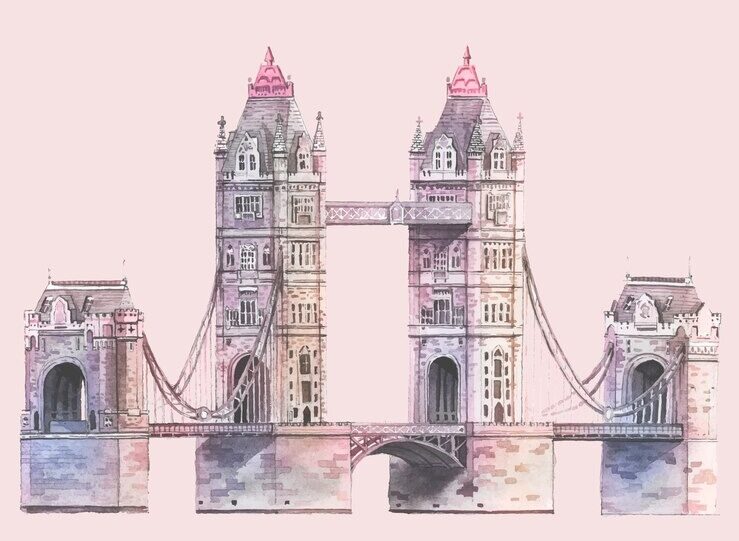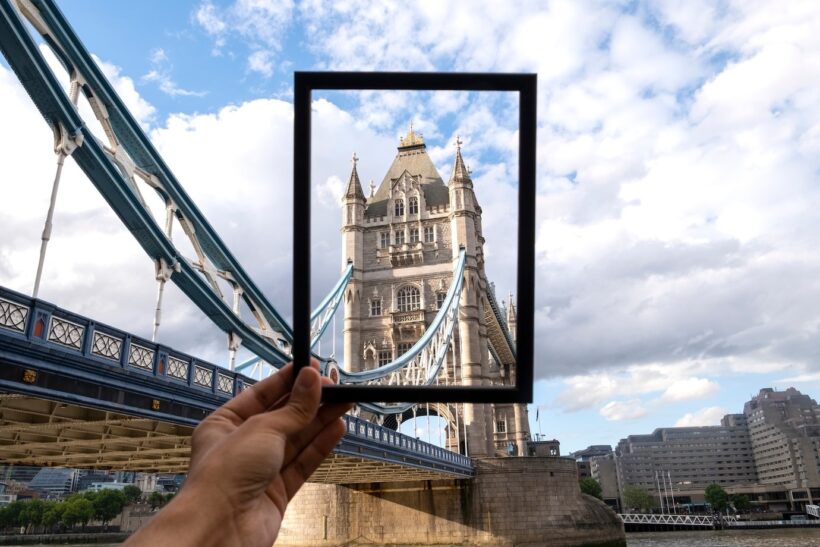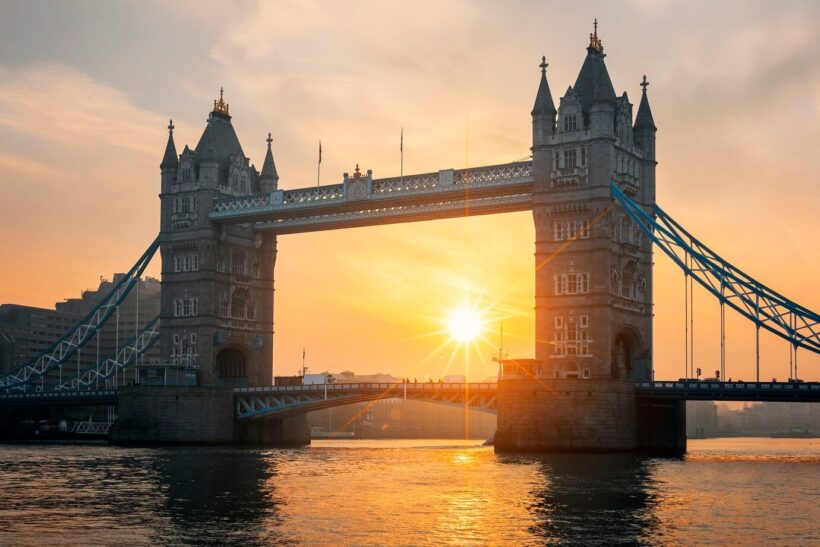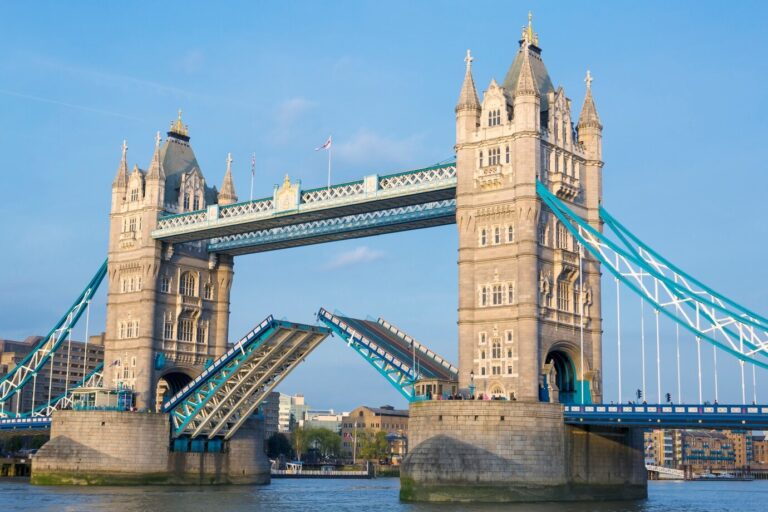London Tower Bridge, not to be confused with the often mistakenly called “London Bridge,” stands as a testament to the ingenious blend of historical significance and engineering marvel that characterizes much of London’s landscape.
Opened to the public in 1894, it was built to ease road traffic while maintaining river access to the busy Pool of London docks. This article delves into the history, design, and visitor experience of this iconic structure, offering a comprehensive guide to one of the UK’s most distinguished landmarks.
Historical Background

The story of Tower Bridge begins in the late 19th century, during a period of intense urban expansion in London. With the East End of London becoming increasingly populated, a solution was needed to cross the River Thames without disrupting river traffic. A traditional fixed bridge at street level was deemed impractical because it would cut off access for tall ships to the port facilities situated upstream of London Bridge.
After a design competition, the solution came in the form of a bascule bridge with two towers built in the Gothic Revival style to harmonize with the nearby Tower of London. The design was a collaboration between architect Sir Horace Jones and civil engineer Sir John Wolfe Barry. It took eight years to build and was a feat of engineering, incorporating a sophisticated bascule mechanism that allowed the bridge to lift for passing ships while maintaining pedestrian and vehicle access.
Architectural and Engineering Marvel
Tower Bridge is renowned for its distinctive appearance, featuring two 65-meter-tall towers tied together at the upper level by two walkways, designed to withstand the forces exerted by the suspended sections of the bridge. The bascules, or movable roadways, are powered by hydraulics, originally using steam power but now driven by oil and electricity. This engineering innovation was revolutionary at the time and remains a hallmark of the bridge’s design.
The bridge spans 244 meters over the River Thames and has become an iconic symbol of London. Its Victorian Gothic architecture not only serves an aesthetic purpose but also stands as a tribute to the city’s history and technological advancement.
A Visitor’s Experience

Today, Tower Bridge is not only a crucial thoroughfare for London’s residents but also a major tourist attraction. Visitors can explore the Tower Bridge Exhibition, located within the bridge’s towers and walkways. The exhibition provides a deep dive into the bridge’s history and construction through interactive displays and access to the original Victorian engine rooms, which once powered the bridge lifts.
One of the most exhilarating parts of the exhibition is the glass floor in the high-level walkways, offering a bird’s-eye view of the city and the River Thames below. This feature not only allows for a unique perspective but also challenges visitors with a head for heights to walk directly over the river, watching boats and pedestrians pass beneath them.
Cultural and Social Significance
Beyond its architectural and engineering significance, Tower Bridge has played a central role in London’s social and cultural narrative. It has been the backdrop to numerous historical events, celebrations, and moments of national significance, embedding itself in the collective memory and identity of the city.
The bridge has also made numerous appearances in film, literature, and popular culture, further cementing its status as a global icon of London. Its distinctive silhouette is recognized worldwide, symbolizing not just the city’s rich history but also its ongoing story of innovation and resilience.
Tips for Visitors

- Best Time to Visit: Early morning or late afternoon to avoid crowds. Check the bridge lift times to witness this fascinating process in action.
- Accessibility: The Tower Bridge Exhibition is fully accessible, with lifts available to take visitors to the high-level walkways and the engine rooms.
- Nearby Attractions: Combine your visit with other nearby landmarks such as the Tower of London, HMS Belfast, or the vibrant Borough Market for a full day of exploration.
Conclusion
London Tower Bridge remains one of the city’s most remarkable achievements, a bridge that not only spans the River Thames but also centuries of history. It stands as a living museum, a monument to the vision of its creators, and a continuous source of inspiration and fascination for those who walk its paths or behold its towers.
Whether you’re a history enthusiast, an engineering aficionado, or simply seeking to experience one of London’s most iconic views, Tower Bridge offers a journey through the past, present, and future of this vibrant city.

